Autumn is such a reminder of the cycle of life:
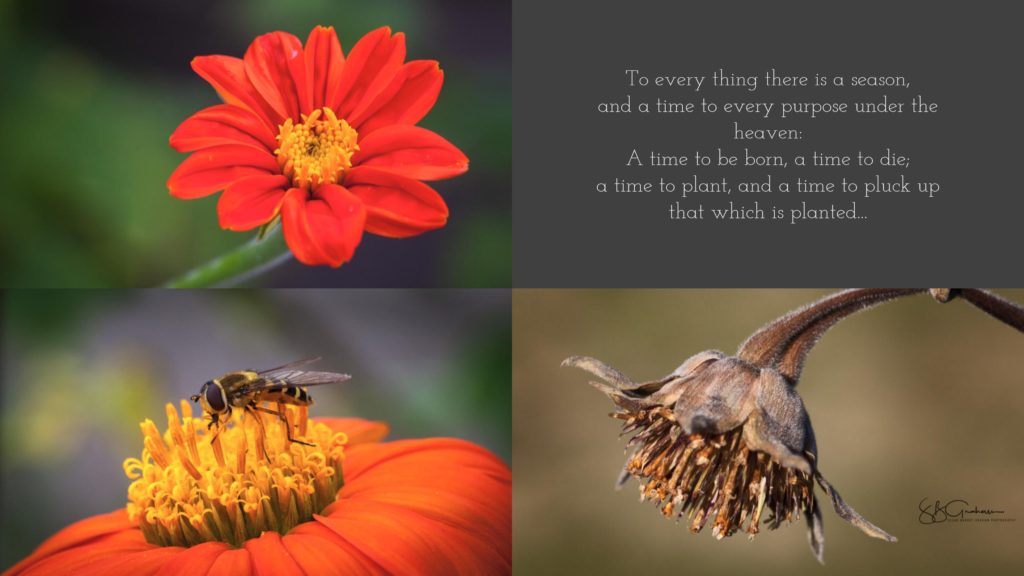
To every thing there is a season,
and a time for every purpose under the heaven:
A time to be born, and a time to die;
A time to plant, and a time to pluck up that which is planted…
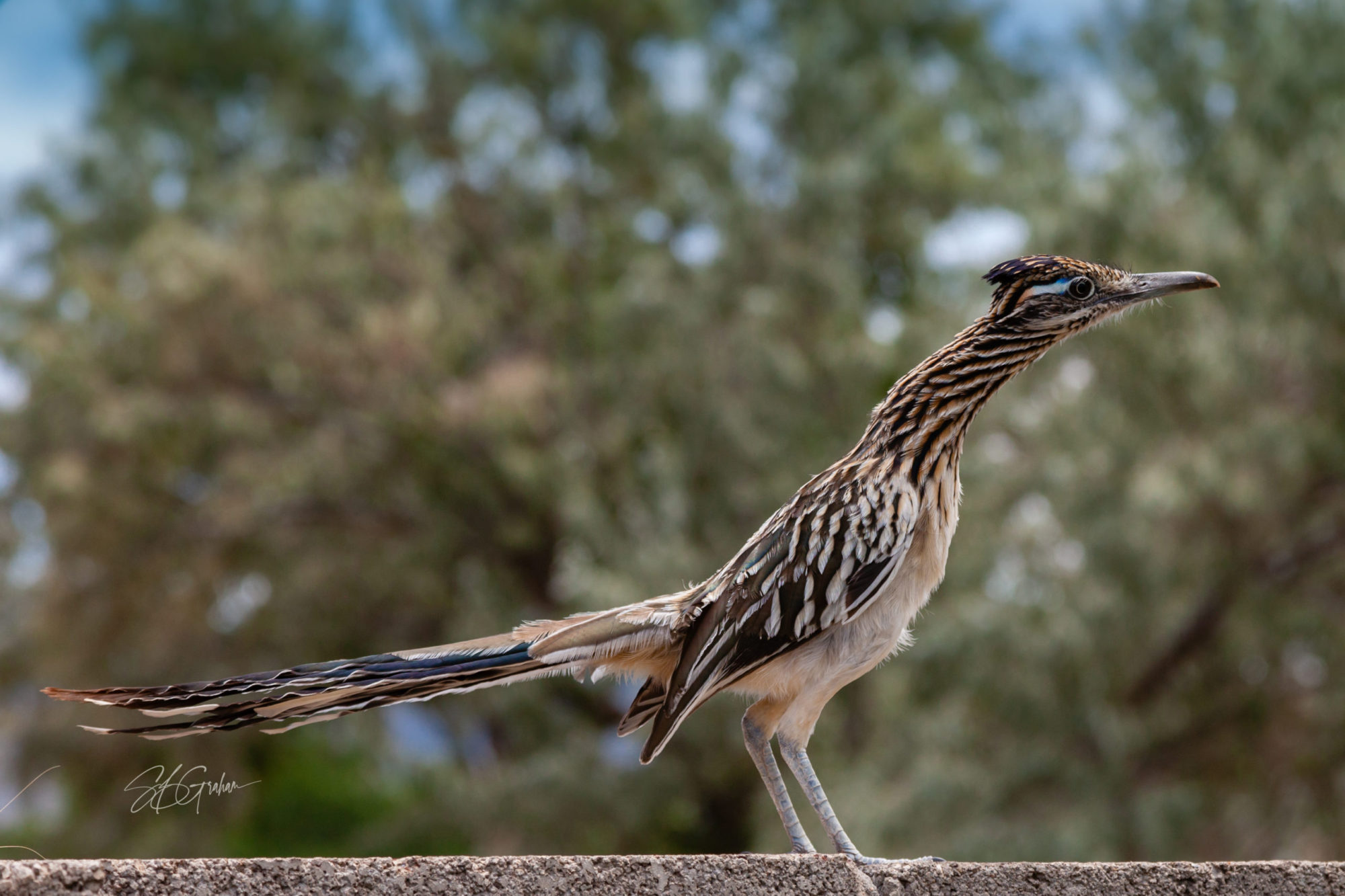
Susan Brandt Graham Photography
Life from a Southwest Point of View
Butterfly and cosmos: same flower, same butterfly, different point of view
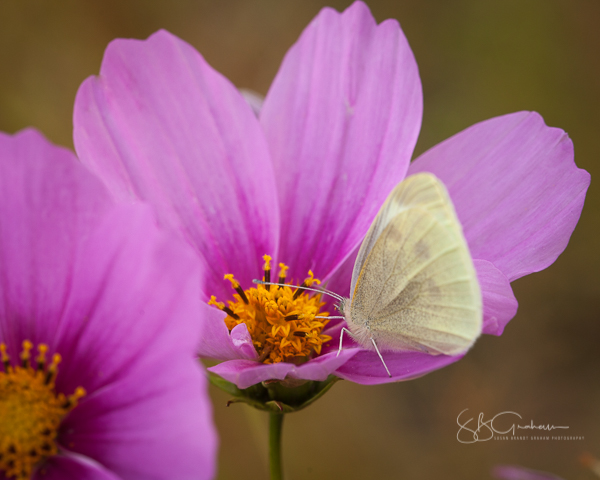
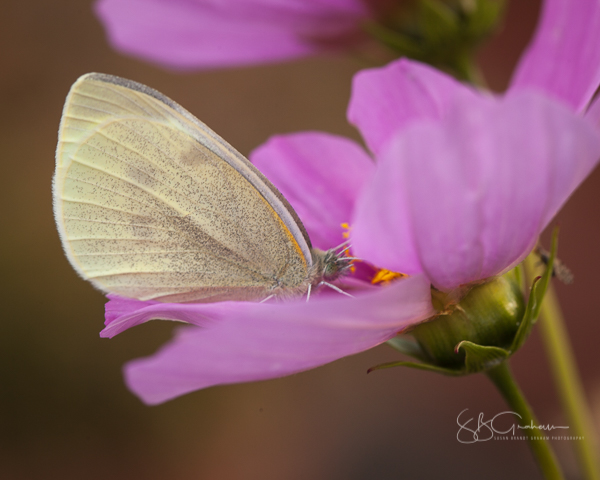
No matter how you look at it, butterflies and flowers of late autumn are a visual treat!
Uniquely New Mexico: so many things! All of you know how much I love so many things about New Mexico. Just because wanted to, I took a few minutes to unwind with new software, my kind of sunrise, and a perfect New Mexico balloon. I think of the D H Lawrence quote almost every time I see a sunrise here with clouds.
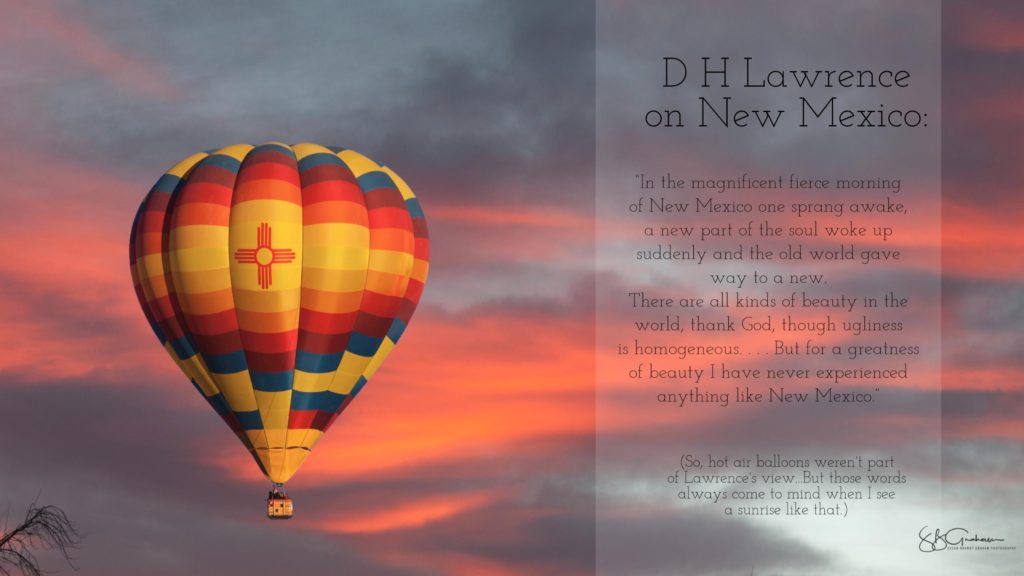
I think New Mexico was the greatest experience from the outside world that I have ever had. It certainly changed me forever. . . . the moment I saw the brilliant, proud morning shine high up over the deserts of Santa Fe, something stood still in my soul, and I started to attend. . . . In the magnificent fierce morning of New Mexico one sprang awake, a new part of the soul woke up suddenly and the old world gave way to a new.
There are all kinds of beauty in the world, thank God, though ugliness is homogeneous. . . . But for a greatness of beauty I have never experienced anything like New Mexico.
Wishing you a spectacular day wherever you are.
Monday morning is not quite as big a deal to me now that I am retired. Flexibility in schedule is the key to that. However, I do have scheduled activities, but I tend to take Sundays “off.” So, in some ways, Monday still rolls around in a slightly different way from other days. I made this for those of you who may feel Monday a little differently also:
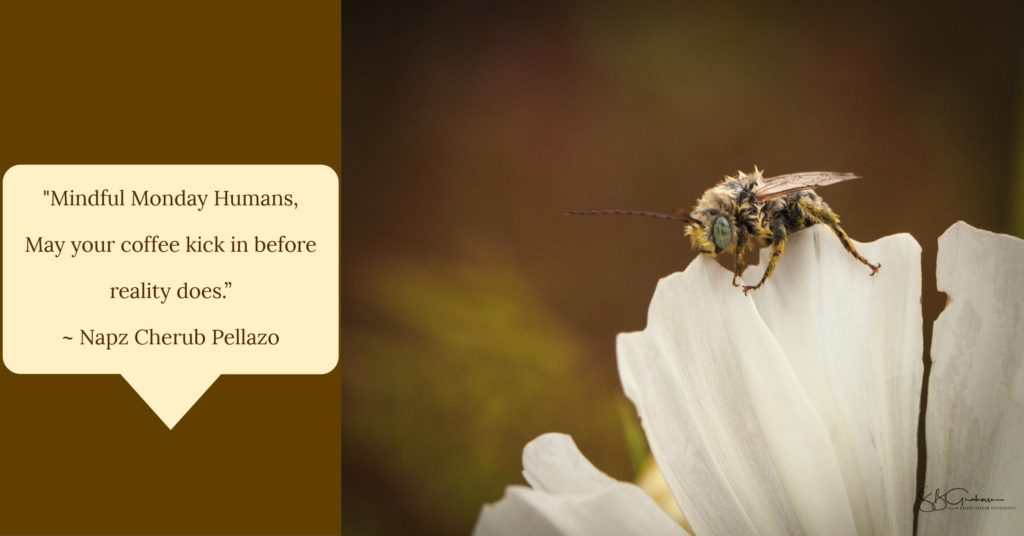
I photographed the very wet bee on cosmos in the morning after three nights of rain several weeks ago. I’m not sure it could fly until it dried out a bit. It was a rough morning for that little guy. But, all’s well that ends well…
The deadline for entry in the ARS Digital Photography Contest is November 5, now less than three weeks away.
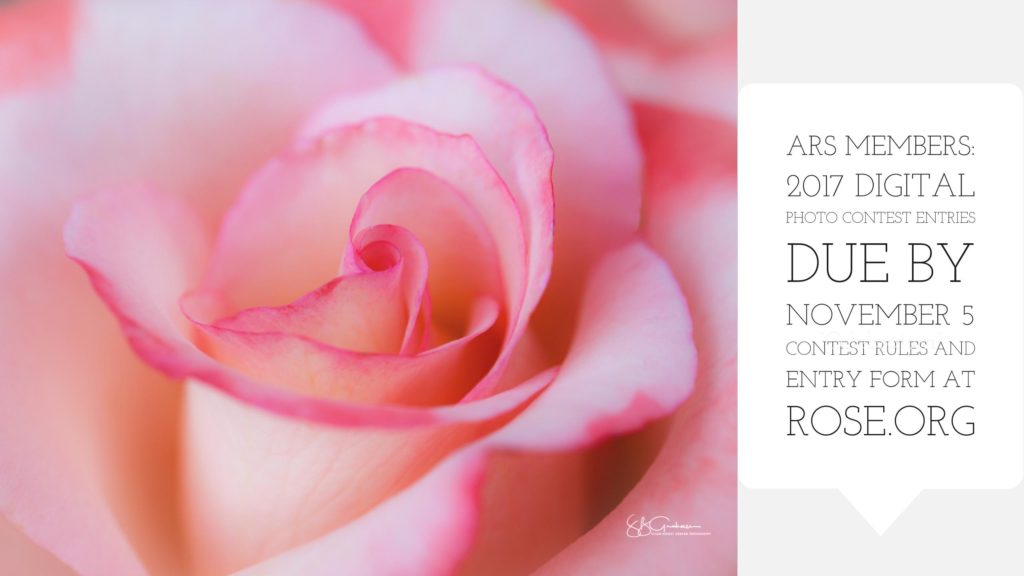
Details and rules are at rose.org > member resources > contests.
——————————–
So, here it is, Monday again. Wishing all of you a good one…
2017 Balloon Fiesta Wrap-Up: although the morning mass ascensions last roughly two hours, they contain so much to see! First of all are the “simple” balloons. And then come the “special shapes.” Of course, people of all kinds, along with vendors, pilots and the chase crews, and on and on are there. I have already posted a few of the special shapes. Today I’ll post a few of the “sky jewels.” Most of all, I want to try to give readers a sense of the entire experience.
The slideshow contains 84 images from the Mass Ascension on October 7, 2017. While you may not have been there, I hope this gives a sense of the experience. You may view in full screen by clicking on the icon at the bottom right. You may also control the volume or mute entirely.
If you prefer, you may view the 84 images on one page (or separately) in the Gallery.
While the “regular” balloons are sometimes called “plain,” they are anything but. Rather, they are very bright and colorful! These are just a few of my favorites.



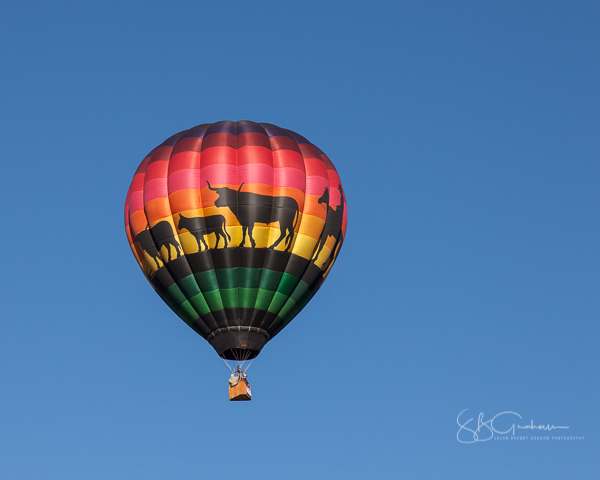


Although winds for tomorrow’s Mass Ascension remain in question, the weather this week has been unbelievably good for the balloons. Especially relevant is that all events, so far, have gone off as scheduled. If you could not be here for the Fiesta – or even if you were – I hope you enjoy the images.
2017 Balloon Fiesta special shapes: the crowd loves them. And, I like them too! But, in addition, I also like the “sky jewels.” Another post will show some of those. But, first of all, I want to show a few more of the Special Shapes.
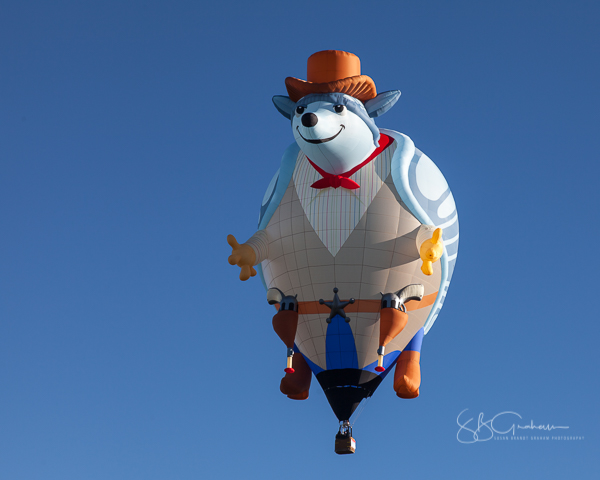


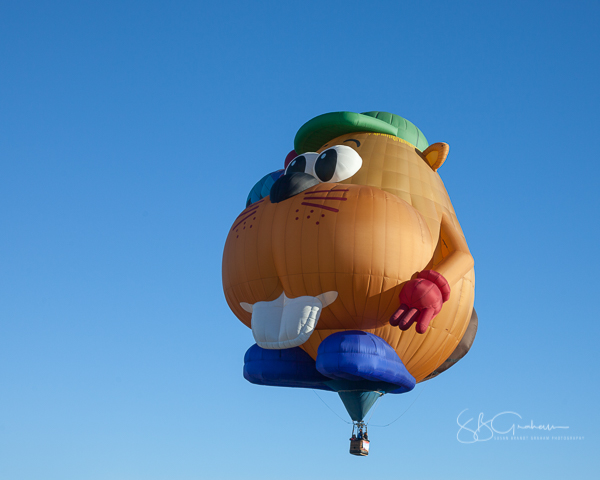
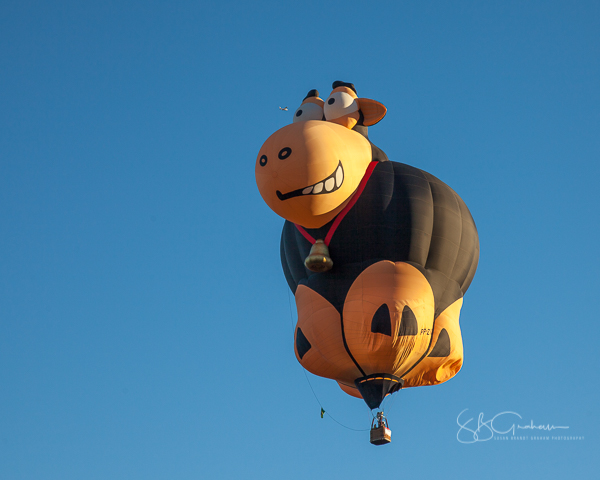
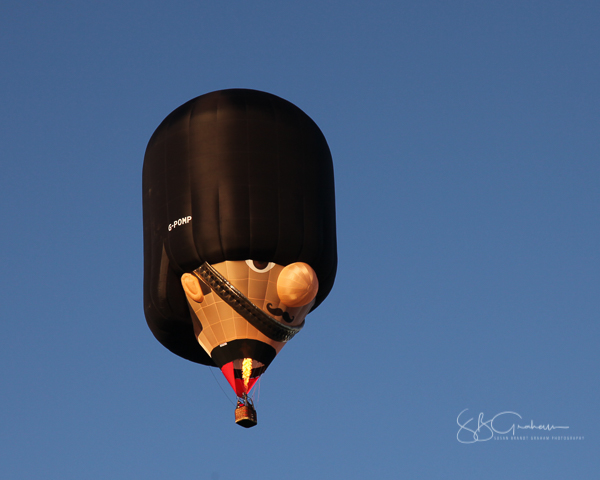
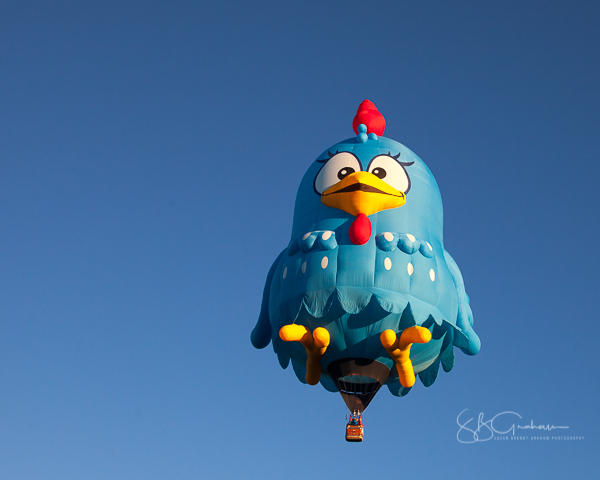
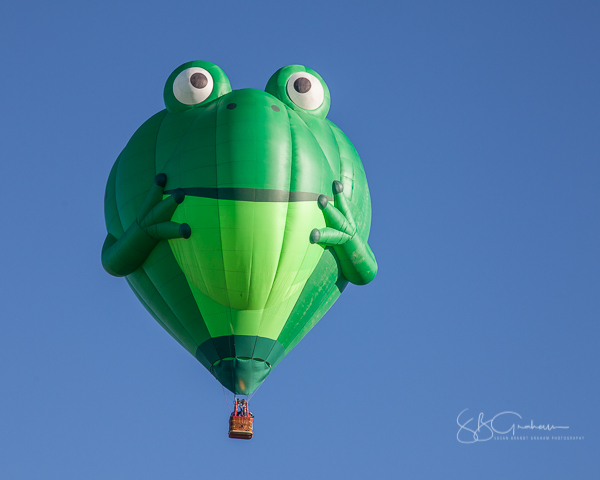
Finally, for those of you in the Albuquerque area, the weather looks good for the remainder of the 2017 Balloon Fiesta. Almost all the information you could need is here.
2017 Balloon Fiesta, officially the Albuquerque International Balloon Fiesta, sponsored by Canon, began October 7 this year. The day before was pretty windy, which is important. The balloons will not take off, at least for Mass Ascension, if the winds are over 10 mph. But, the forecast for Saturday morning called for calm winds. So, I took a chance and bought a Park and Ride ticket Friday afternoon for the Saturday morning events.
I was at the Park and Ride at 5:00am, got on a bus at 5:30am (the longest I ever had to wait over the years), and did not reach the Balloon Field until 7:20am. I can say the Park and Ride system had a few problems that day. Dawn Patrol, something I had really wanted to photograph this year with a dSLR instead of phone, along with opening ceremonies and the beginning of Mass Ascension ended long before I arrived. Maybe another day this year – or next… Once you are actually there, the problems getting there seem not to matter too much!
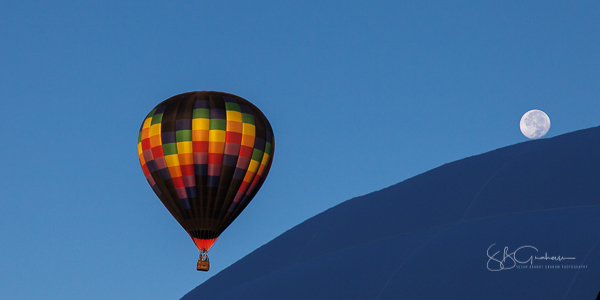
The start of this year’s Balloon Fiesta is almost a week later than last year’s. The light was definitely different. The mass ascension, starting at 7:00am, definitely began in less light (on a very clear day!). But, the moon was almost full, just beginning to wane. Here, in the foreground, is a balloon beginning to inflate. Behind it, the moon is setting and a colorful hot air balloon is rising. The magic was underway!
Mister Z:
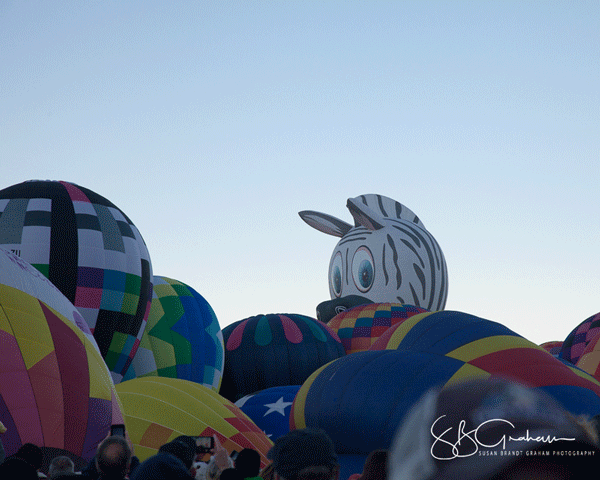
Darth Vader:
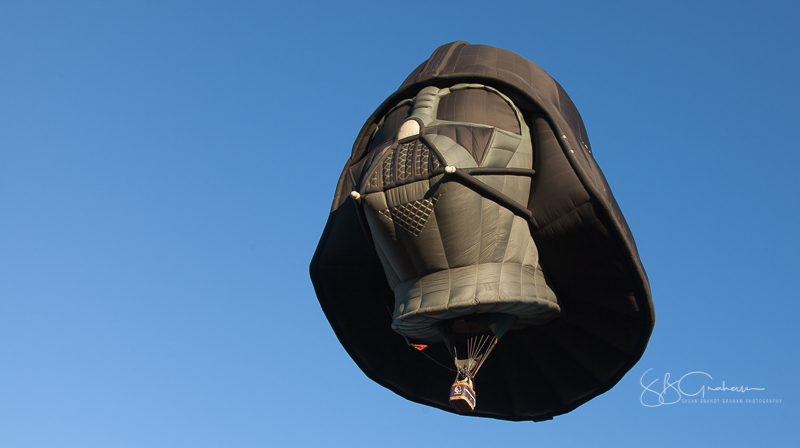
Yoda:
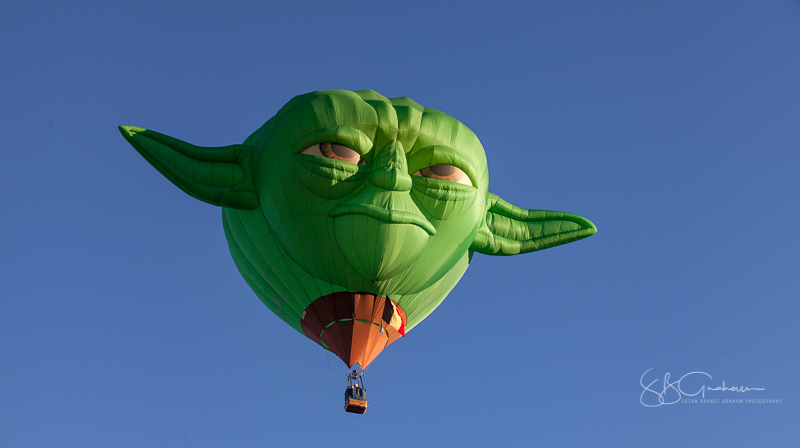
That’s it for this post. Many more images – both special shapes and the simpler sky jewels – to come over time.
Hover Fly update with commentary of Baldo Villegas, who is now retired but former State Entomologist for California. I had written him last week, but was not sure I had the correct email. Yesterday afternoon I received his response. As all of his responses, this one is full of information and also interesting and easy to understand. Baldo helps everyone! Thank you, Baldo!
The insect in the picture is a Syrphid fly, not a wasp but a mimic. These flies belong to the large family of flies called Syrphidae and are known by the common names Hover Flies or Flower Flies. Most have warning coloration resembling that of wasps or bees. In fact there is one species that is commonly called a drone fly as it looks just like a male honey bee. Most syrphid flies are predators of soft bodied insects such as aphids. A few are pests of bulbs and such and others have interesting lifecycles and are rather interesting.
Syrphid flies will visit flowers for nectar and pollen in order to help in egg production. The nectar is for the energy that they consume hovering around aphid infested plants.
Baldo’s tagline in his email is “Love Bugs, Roses and Cats …. even if the cats don’t give a hoot.” 🙂
This gives me a chance to repost the photo:
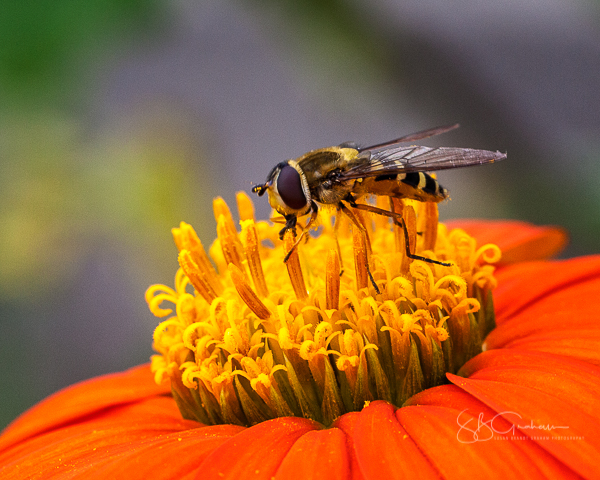
Pollen wasp is something I had not known about until a few days ago. Yet, pollinators are something we talk about frequently, because of their vital importance to crops and virtually all plants on earth. I, and neighbors, try to include flowers that will attract pollinators. While we tend to think about the beauty of the the flowers, we talk less about the beauty of our pollinating friends. Yet, up close and personal, they can be beautiful and interesting.

Regular readers and friends know that I have grown a variety of sunflowers for years. Years ago in Arizona I grew Tithonia rotundiflora (“Mexican sunflower”). It is in the same Family, Asteraceae, as our typical sunflowers. However, the genus is Tithonia rather than Helianthus. When I saw seeds in the grocery store, I thought maybe it would be fun here. So, I decided to try it. It is a fabulous plant for Albuquerque!
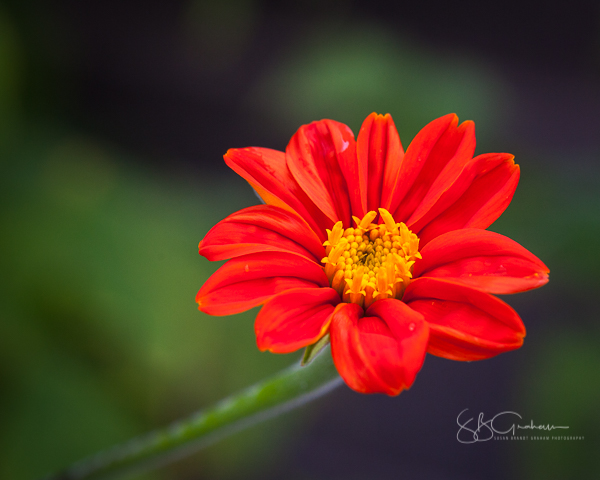
The other day I was out photographing the flowers. I saw a wasp on the tithonia. While I considered it a yellow jacket, its behavior seemed odd for a wasp. It almost seemed to be making love to the flower. So I kept photographing it, hoping I could understand what was going on. When I looked at the images on the computer, I saw what appeared to be a very odd mouth part. As it turns out, it is a very specialized mouth part, a “suctorial proboscis.” (These wasps – this isn’t one) are solitary vegetarians, sucking nectar and pollen from flower tubules.) As it turns out, what I took to be a wasp is, in reality, a hoverfly with also very specialized suctorial proboscis. Example here: hoverfly
The joy of photography: seeing and learning new and different things, without even trying! Last week I did not know what a pollen wasp was. Now I know what it is, and this is not one. It is a hoverfly. Now I know they also have these very specialized suctorial probosci. This week I am glad this one chose to visit my garden and allowed me to photograph it! And thanks to Anita Storino for the updated information.
Autumn roses seem especially sweet. Maybe that is because they will soon disappear until Spring. This past spring I had too many distractions and demands to take good care of the roses then. But, the monsoon season was good to my yard. That inspired me to get out and work to get a few things in better shape. I was happily surprised with the roses available to photograph this weekend. Also, I’m playing with a new program, so I feel a bit like a kid with a new set of finger paints. Thank you for indulging me.
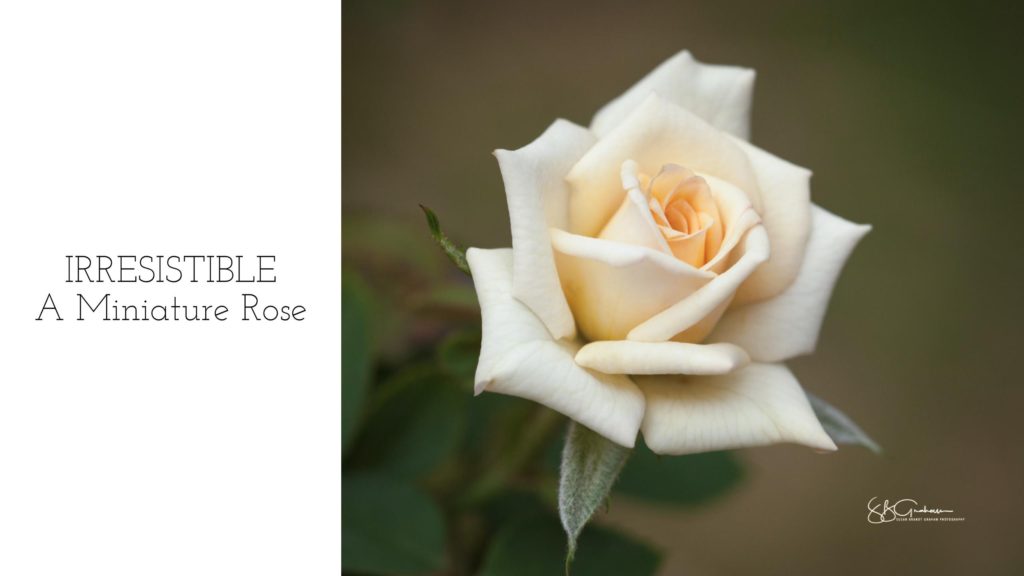
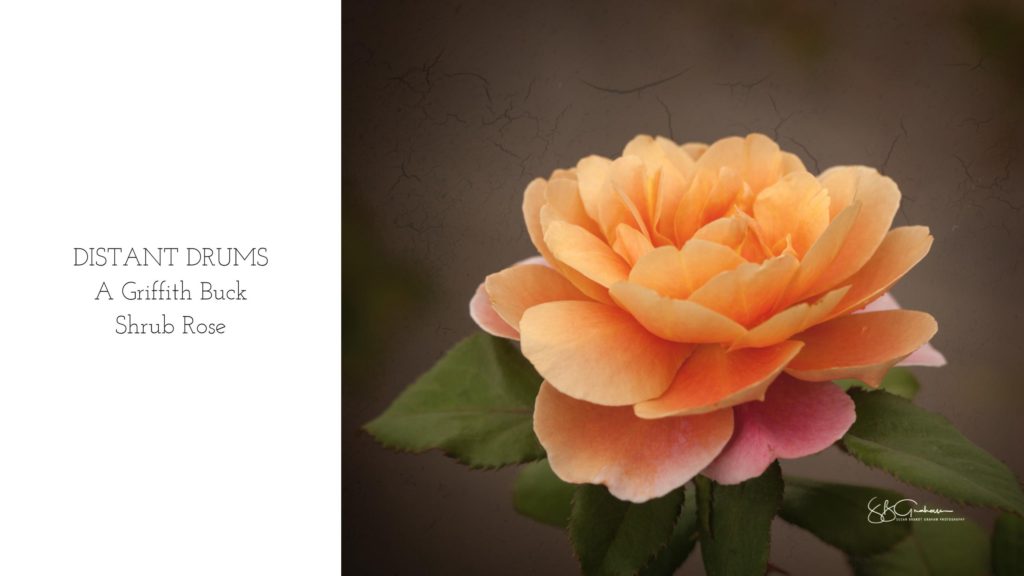
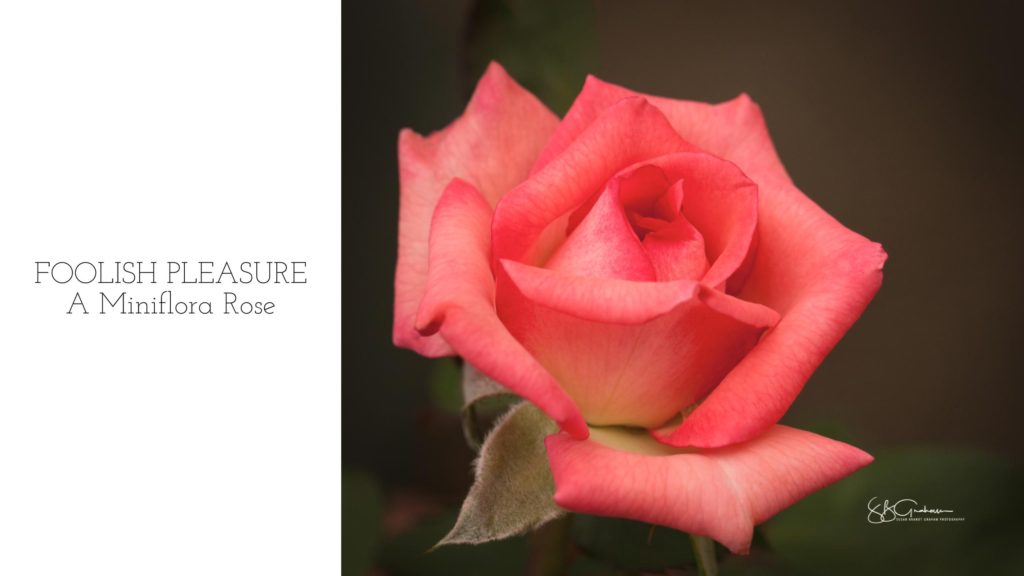
We are supposed to get more rain in the middle of the week. I put a few pansies out this weekend, and rain would be good for them as well as for the long-standing roses.
For my rose friends who read here, the final ARS Guidelines for Judging Rose Photography includes a National Challenge Class that will first be offered at the ARS Spring 2018 Convention. This is a heads-up, because photographing bloom cycles requires some planning. I do think this is a worthy national challenge class.
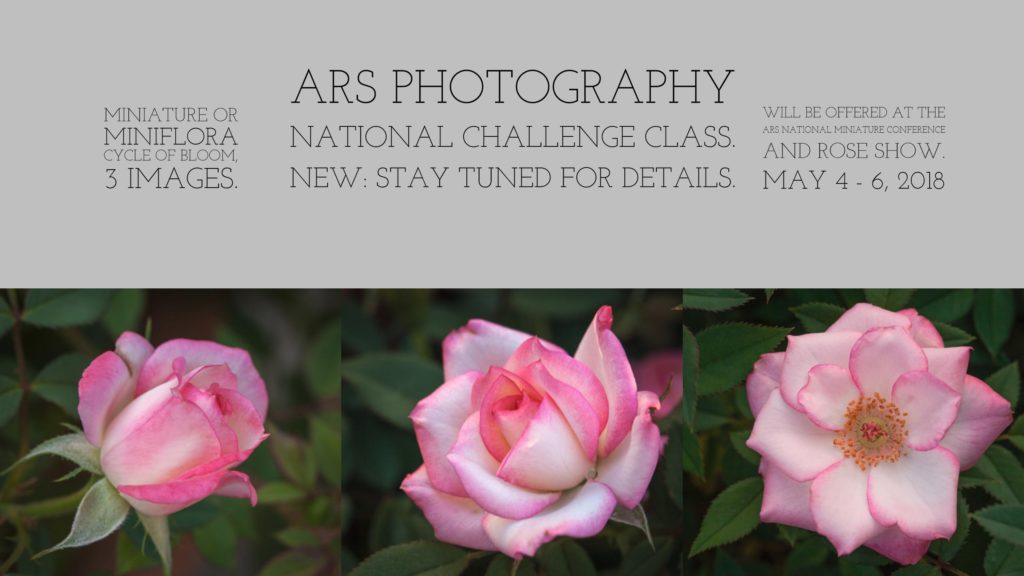
I’ve been watching Ken Burns’ The Viet Nam War. Throughout, I have thought about people I’ve known, and where they are in life and in their heads today (for those still alive). Last night was a little different. The episode covered the Tet Offensive to the assassination of Robert Kennedy. That is, Spring 1968, when Martin Luther King was also assassinated. I remember watching Lyndon Johnson’s speech, and many other things that had slipped into the deep recesses of my mind.
I was a student at the University of Chicago in the Spring of 1968. The University is on the south side of Chicago. I had come from a university that might consider tearing down a library if necessary to expand football. The University of Chicago had torn down the football field and was in the process of building a new library. I lived in a 12th floor apartment, that looked south. I could see Rockefeller Chapel, the Museum of Science and Industry, and a tiny glimpse of Lake Michigan. The university had its own bus for students, a bus that continually circled through Hyde Park to shuttle students to and from classes and back home. Most days I had the same bus driver.
Martin Luther King was assassinated on a Thursday. Friday morning was calm on the south side of Chicago. By the end of classes Friday afternoon, the tension was palpable. I caught the bus to go home. I was the last person off. The driver, who had gotten to know me over the year, said, “I’m going to drop you off at the door to your building today (instead of about 1/2 block away). Don’t go out tonight. Stay in your apartment.”
That weekend, first of all, and for days, I could look out and see the south side of Chicago burning. As a result, the heavily armed Military, not just police and National Guard, were patrolling the streets. Most of all, I remember looking out and seeing the Army camped on the grounds of the Museum of Science and Industry. Military tents completely covered those grounds. Maybe that is what I have remembered most of all.
I watched the helicopters hover over the meeting between the Blackstone Rangers and police, as they tried to work out a truce.
I have not thought about these things in a long time. What stood out to me from last night’s episode was the Marine, who had fought in Viet Nam, who was ordered to go to one of the cities with civil unrest. He refused an order to go, which essentially ended his military career. He said in essence, “I thought we would be sent for regular police work, protecting buildings, that kind of thing. Then they started issuing the same equipment we had had in Viet Nam: flak jackets, the same bullets, all the same things. I said I was not going.”
That was 49 years ago. The more things change, the more they stay the same.
I half-apologize for the digression.
